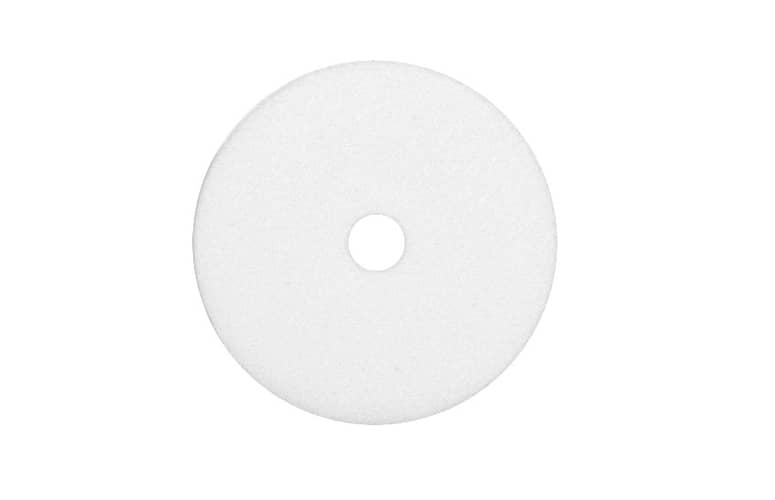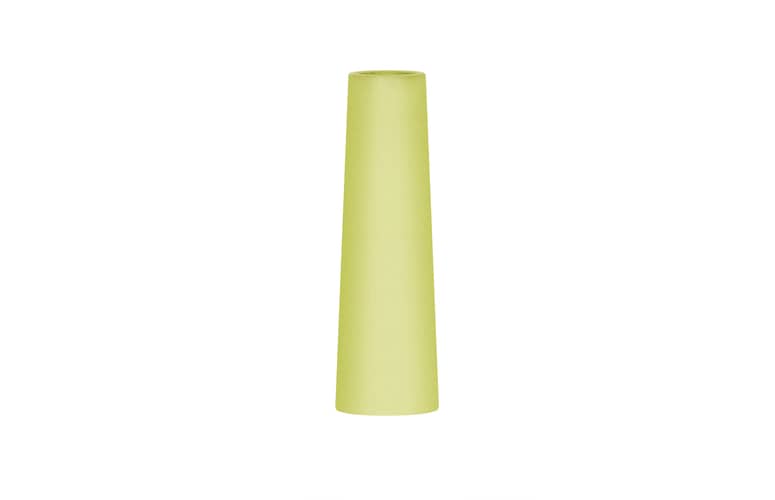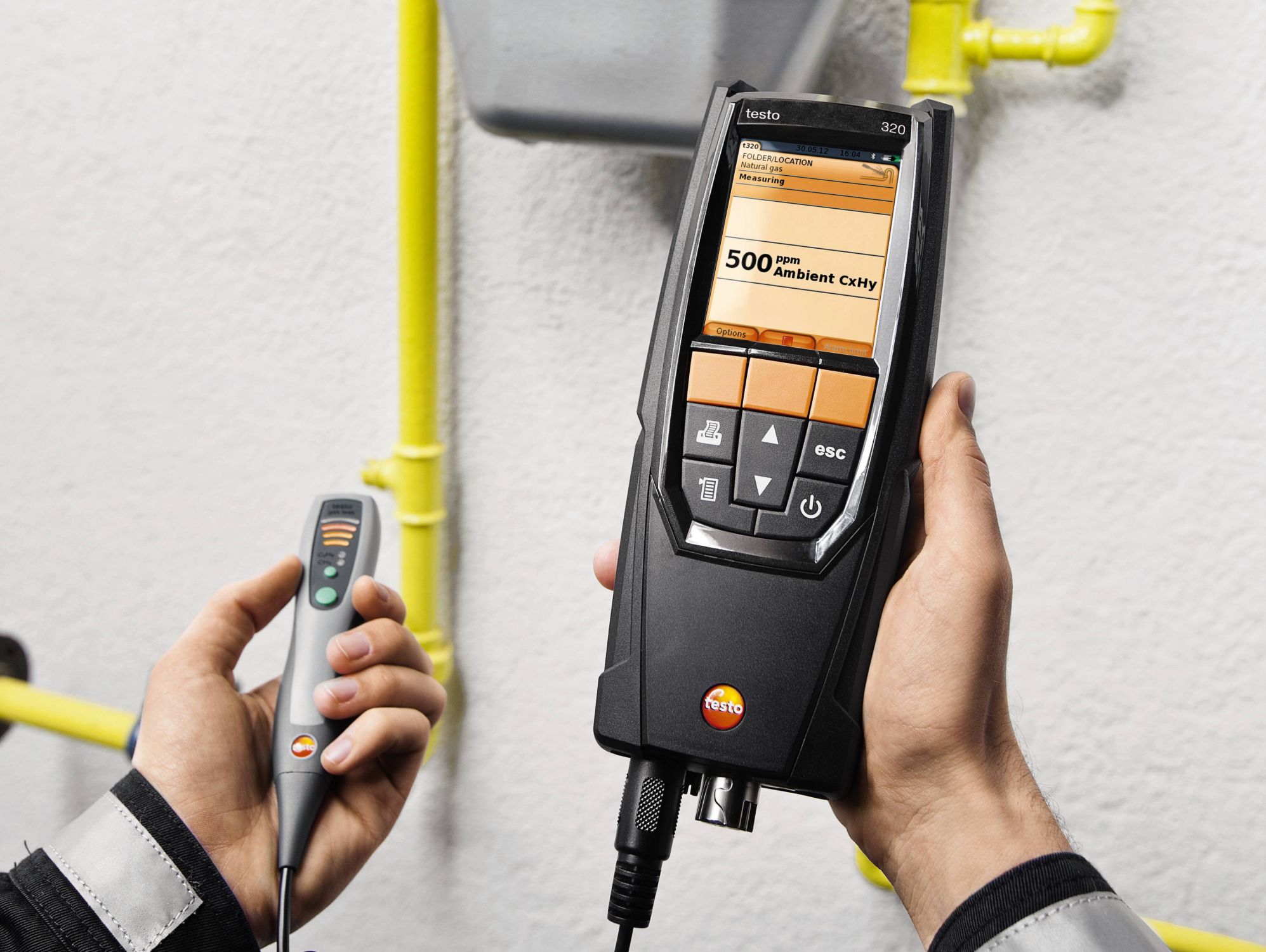testo 320 basic set in detail
testo 320 basic flue gas analyzer, TÜV-tested according to EN 50379, Parts 1 and 3:
- Flue gas analysis on heating systems: the testo 320 basic flue gas analyzer is equipped with two sensors – an O2 and a CO sensor (without H2 compensation). In the case of CO measurement, the measuring range goes up to 4,000 ppm
- Self-explanatory menu guidance makes operation simpler and your job easier. Thanks to the high-resolution colour display, the readings are easy to read out even in poor light conditions. The flue gas analyzer can store up to 20 measurement protocols. The free Excel tool enables you to export your measurement protocols to Excel via mini-USB
- When you purchase the flue gas analyzer, you get a 2-year warranty (for the instrument, probe, O2/CO sensor)
- Changing probes is easy: The probes can be changed by the user. This means you have the option to order other probes specifically required for your flue gas analysis (e.g. multi-hole probe, dual wall clearance probe, flexible flue gas probe)
- Single-hose connection: just one hand movement is needed to securely connect all channels for flue gas measurement via the probe coupling (gas paths, draught, temperature probe integrated in the flue gas probe)
- Long service life thanks to the long-life Li-ion rechargeable battery
- Built-in magnets enable the flue gas analyzer to be attached to the burner/boiler quickly
- Integrated condensate trap – easy to empty
Compact basic flue gas probe:
- On the basic flue gas probe with 180 mm long probe shaft, the flue gas path and temperature channel can easily be connected to the measuring instrument via a practical bayonet lock
- The compact basic flue gas probe is equipped with a dirt filter which protects the measuring instrument and its sensors The thermocouple NiCr-Ni, which is integrated in the probe shaft, enables temperature measurement up to 500°C


